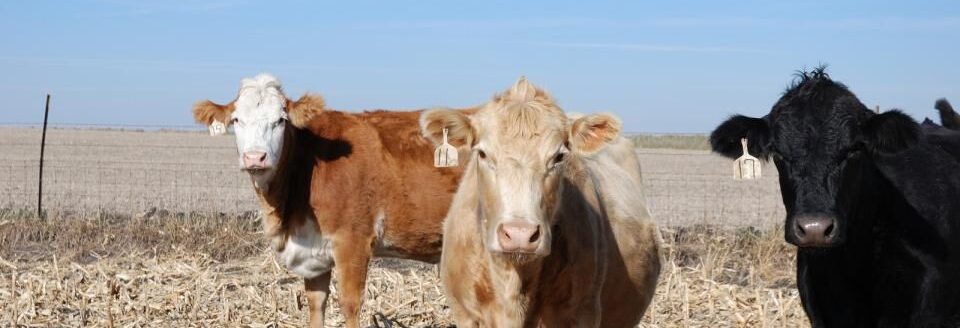Test baled cornstalks for nitrate levels and feed them to cattle with caution, says University of Missouri Extension livestock specialist Gene Schmitz.
MU Extension agronomists across the state report high nitrate levels caused by this summer’s drought. County MU Extension centers offer nitrate testing.
Before feeding cornstalk bales, it is important to know nitrate levels to determine how the stalks are fed to avoid nitrate poisoning, Schmitz says.
“If the nitrate level of stalks is less than approximately 2,500 parts per million, the stalks can be fed free-choice with no feeding restrictions,” Schmitz says. He reports some stalks testing nearly four times that amount this year.
If stalks have more than about 2,500 parts per million nitrate, he recommends limiting the amount of stalks in the diet and warns against free-choice feeding in round bale feeders. He does not recommend ammoniation of stalks with high nitrate levels, even though ammoniation does improve palatability and fiber digestibility of poor-quality forages. He further cautions against feeding supplements containing urea or nonprotein nitrogen in combination with high-nitrate feeds.
Rumen microbes break down nitrate and nonprotein nitrogen sources in the same way. If too much ammonia or nitrate is present, the rumen microbes cannot metabolize it effectively. Excess nitrate is then absorbed into the bloodstream, which reduces the ability of blood to carry oxygen. Symptoms of nitrate poisoning include rapid and weak heartbeat, staggering, dilated pupils, muscle weakness and open-mouth breathing.
Test ammoniated forages and hay before feeding to livestock. Feeding grain provides needed energy for the animal and for rumen microbes to utilize nitrates and nonprotein nitrogen. However, grain feeding does not eliminate problems associated with high levels of nitrates. Schmitz says it is important for beef producers to seek help in formulating feed rations in the coming weeks and months.



